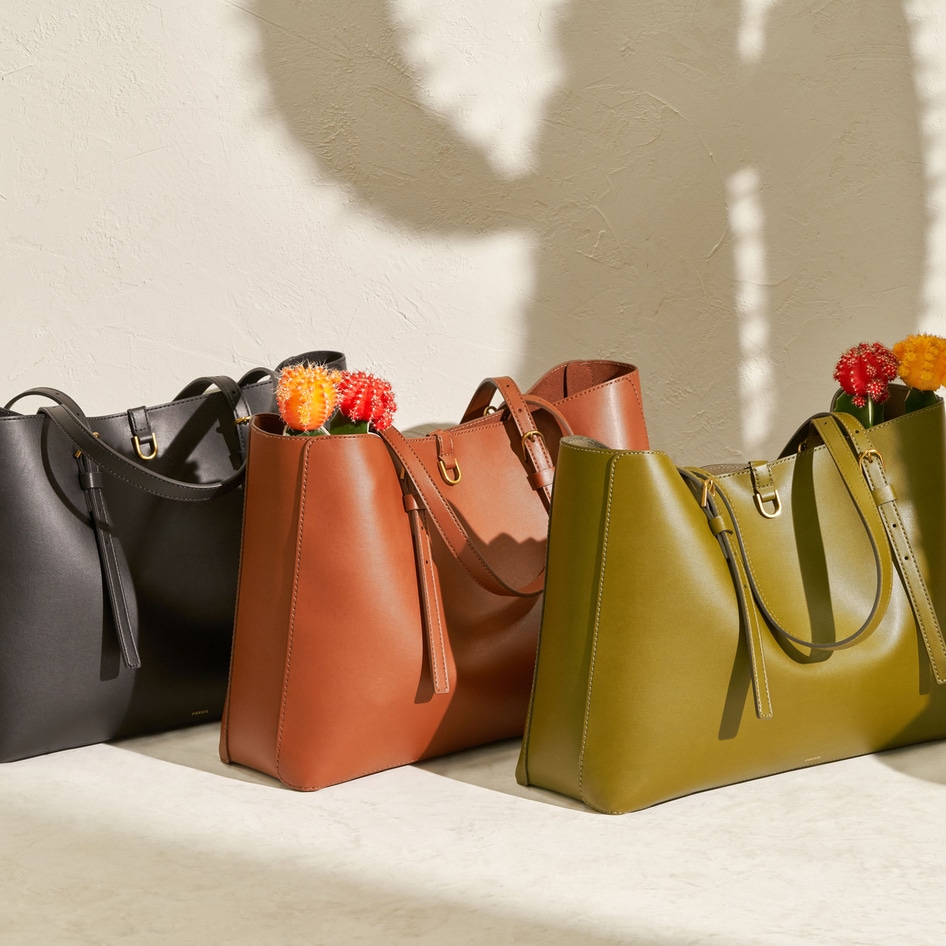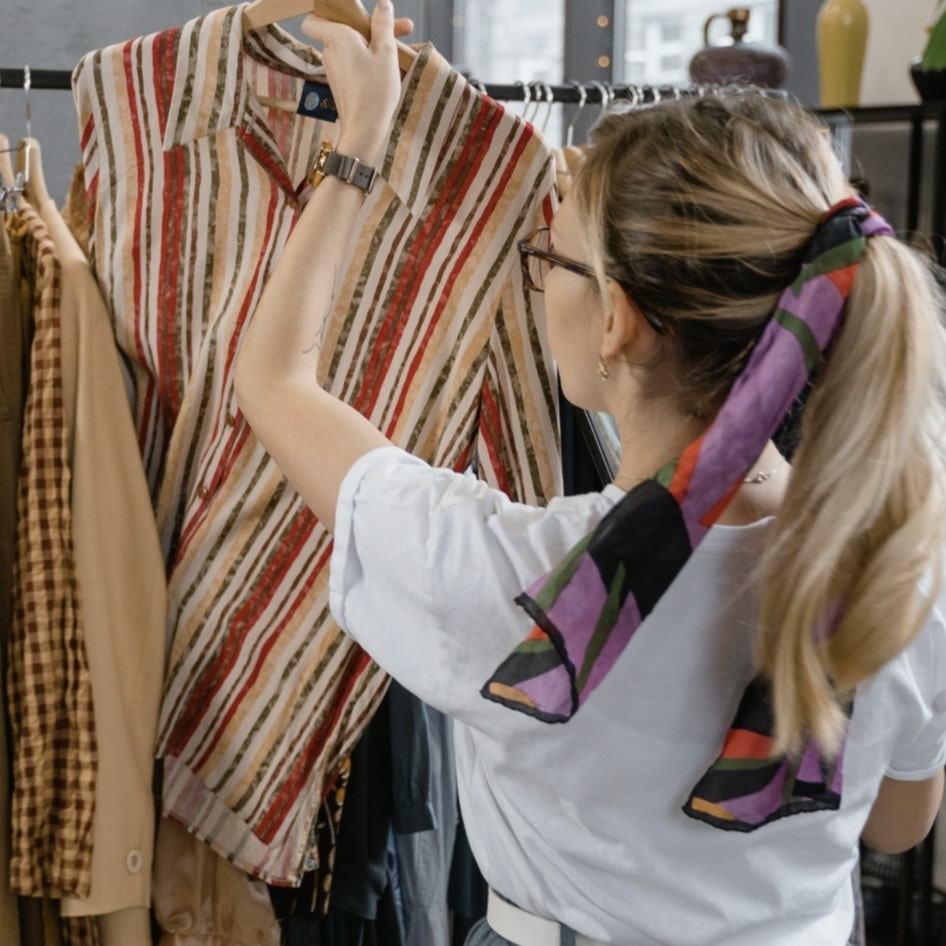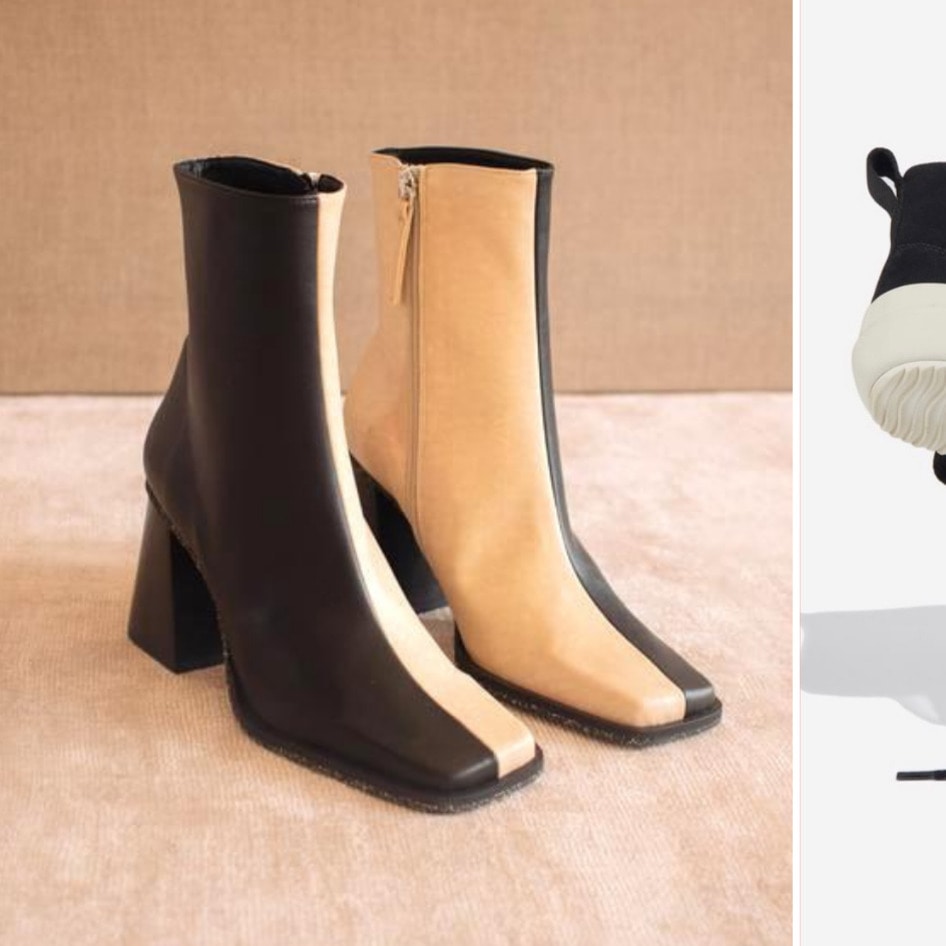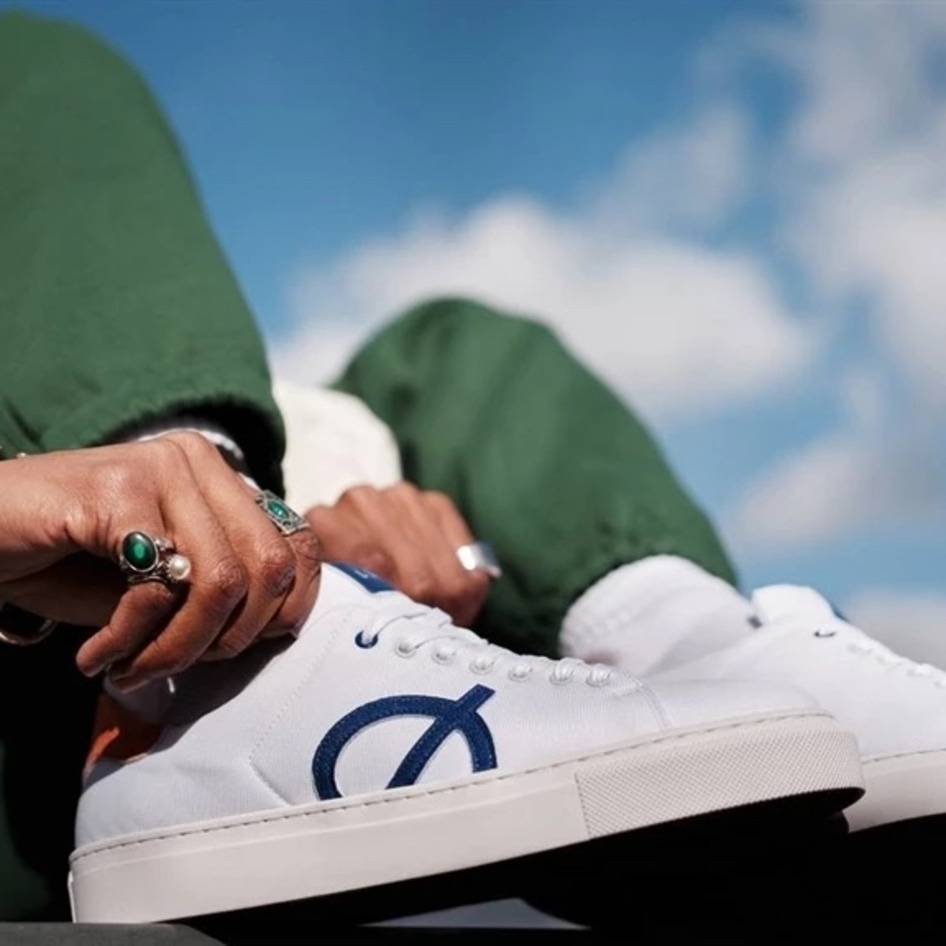7 Eco-Vegan Fashions That Fit Vegans Just Right
Tank top season is officially here! Find out which eco-chic fashions fit your cruelty-free lifestyle.
June 6, 2010
If the words “vegan” and “fashion” conjure up images of hemp skirts that could double as tents, you’re thinking of ’90s eco clothing-practical, but hardly chic. Enter 2010, a time when top designers such as VN’s March+April issue cover gal Leanne Mai-Ly Hilgart of Vaute Couture or Matt & Nat’s Inder Bedi are changing the face of cruelty-free fashion by creating clothing that isn’t only green, but also animal-friendly, thanks to fabulous, fashionable alternatives to wool, leather, fur, and silk. Some of these animal-free textiles are not exactly new, but rediscovered and repurposed in our era of environmental consciousness. Browsing online, you can shop at companies pioneering eco clothing and at new green boutiques that are cashing in on the current wave of demand. Make sure to look for outfitters who use the following earth-friendly threads.
Bamboo
Comparable to cotton and silk, bamboo gets an “A” for its list of benefits: organic, sustainable, biodegradable, and extremely comfortable. Even better, the world’s fastest growing plant doesn’t require fertilizers or pesticides.
PET
Made from recycled plastic soda bottles, this polyester finds new life as warm fleece hoodies. After the bottles are separated at recycling plants, they’re chopped, melted and stirred. The resulting liquid is thick and yields polyester strands, which are stretched to make threads.
Recyclable Polyester
Recycled fabrics are used to make clothing out of clothing. Some companies even have garment recycling programs where used clothes are reborn, good-as-new.
Soy Fabric
A renewable natural resource and byproduct of food production, soy wear is easy to clean and similar to wool in its heat retention. First made into a snazzy suit for Henry Ford in the 1940s, the demand for soy is on the rise thanks to conscious consumers.
Organic Cotton
This choice, quickly gaining popularity, is poised to eclipse traditional cotton, which accounts for half of all pesticide use in the US and a quarter of that used throughout the world.
Silk Substitutes
Synthetics like nylon, polyester and lyocell—better known by its brand name, Tencel—have a similar look and feel as silk, minus the cruelty. The nonprofit organization Green America recommends Tencel over rayon; although both are wood-based, turning wood into rayon requires a tremendous amount of water and chemicals. The organization reports that only about one-third of the pulp obtained from a tree will end up in finished rayon thread. Tencel manufacturers insist that production of their product doesn’t harm the environment, but these claims have not been independently verified.
Manmade Materials
If wearing faux leather doesn’t rub your ethics the wrong way, scope out the variety of manmade imitations currently flooding mainstream stores nationwide. Leather alternatives are easy to find and more affordable, to boot—most designer discount shoe stores carry synthetic shoes that have the look and feel of leather. Look for labels that identify the shoe as “manmade leather,” “synthetic,” “all man-made materials” or “pleather.” If you’re looking to spend more on designer lines, upscale stores such as Nordstrom, Macy’s and Saks Fifth Avenue also carry synthetic alternatives. Keep in mind that synthetic materials, often petroleum based, aren’t necessarily eco-friendly, but shoes made with hemp, bamboo, soy, and rubbers are.
JUMP TO ... Latest News | Recipes | Guides | Health | Shop







